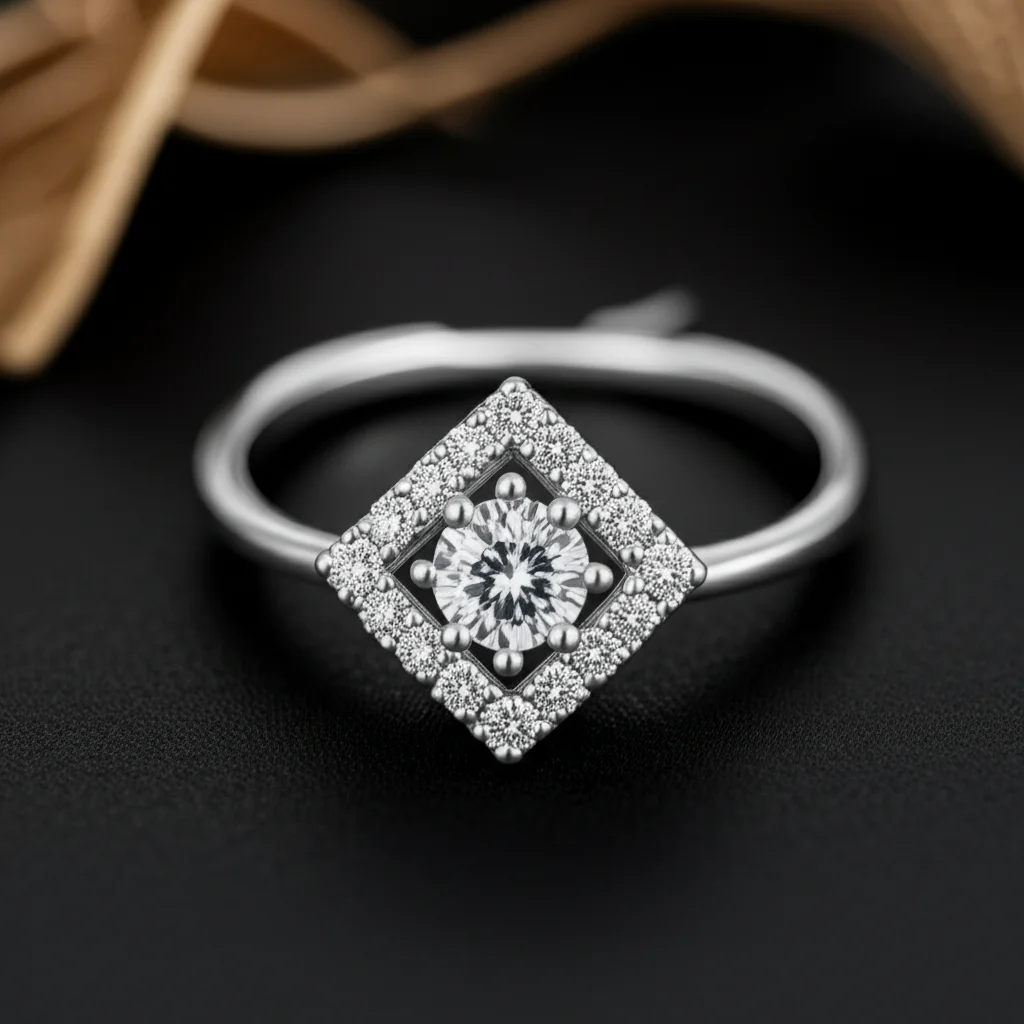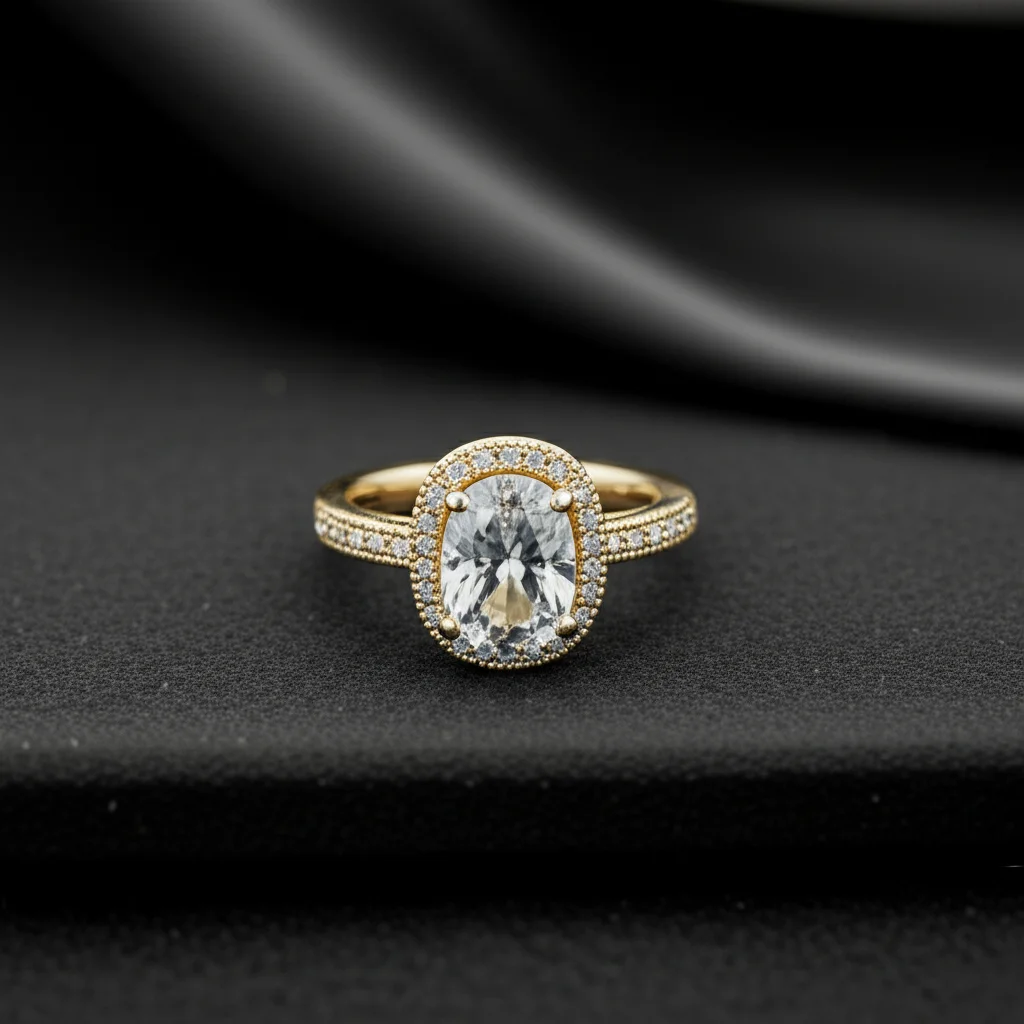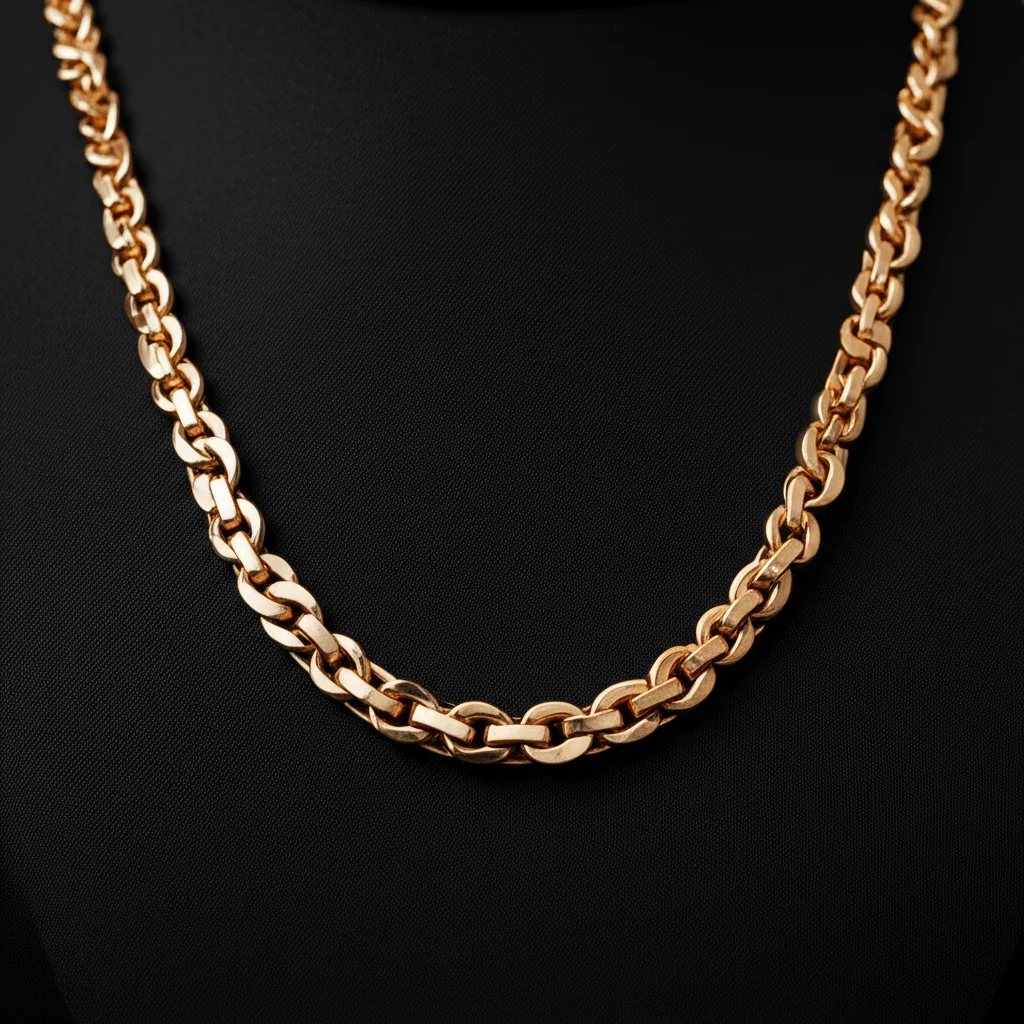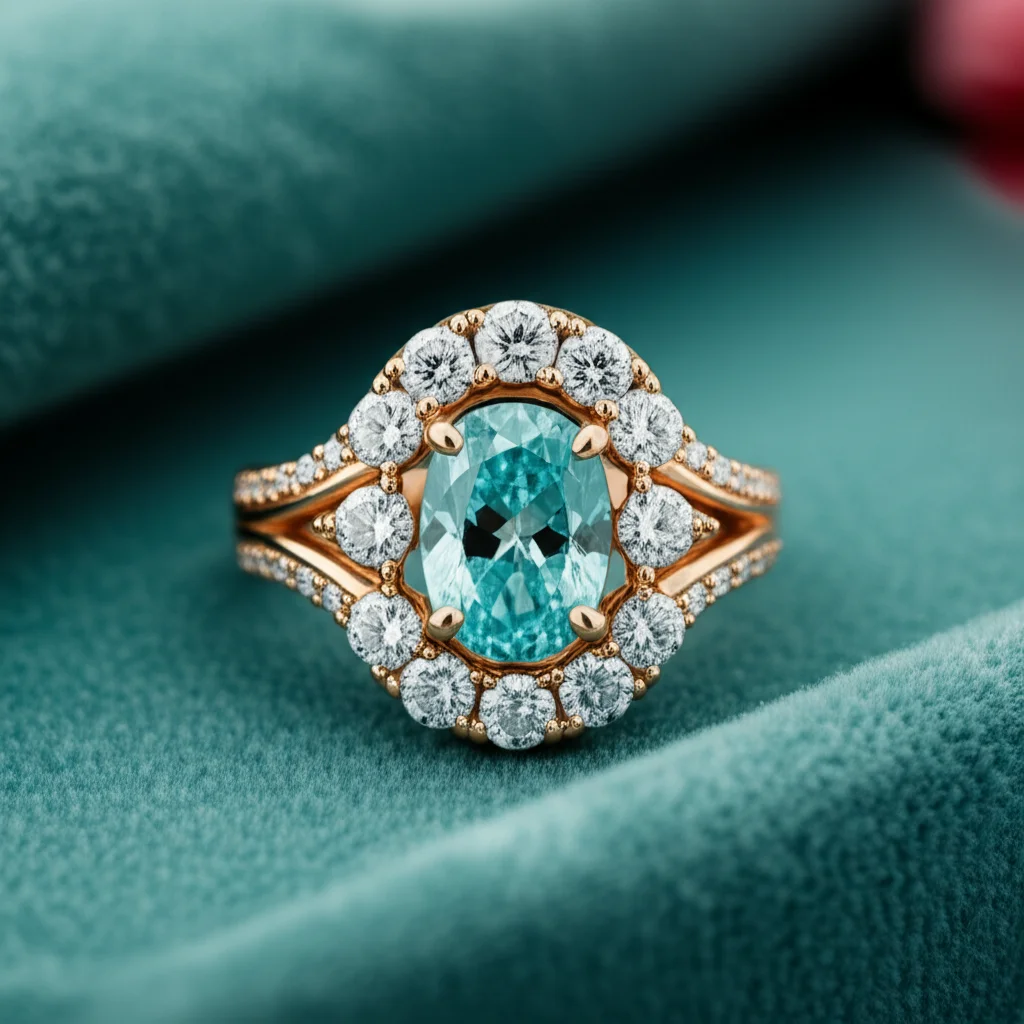· Todd Martin · Home Care, Jewelry Care, Cleaning Guides · 13 min read
How To Clean Silver Remove Tarnish Jewelry
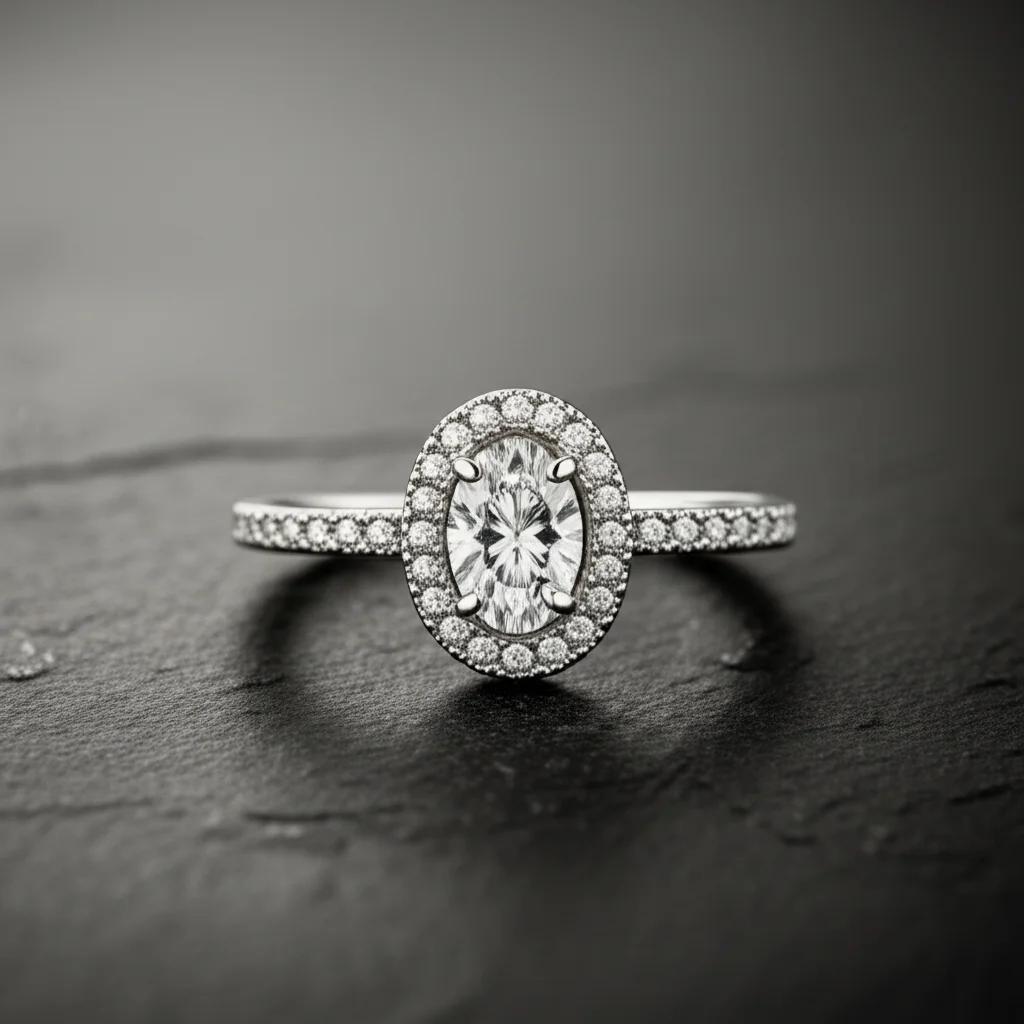
Restore Shine: How to Clean Silver Jewelry & Remove Tarnish
You love your silver jewelry, but over time, it often loses its brilliant shine. That beautiful gleam can turn dull, or even black. This common problem is silver tarnish. It happens to almost all silver pieces. But do not worry, cleaning your silver and removing tarnish is easier than you think. You can bring back that sparkle with simple household items. I will show you how to effectively clean silver jewelry and keep it looking its best. This guide offers practical methods, from gentle polishing to powerful DIY solutions, ensuring your cherished pieces stay bright and beautiful.
Takeaway:
- Understand why silver tarnishes and how to prevent it.
- Use gentle methods for light tarnish, like soap and water or a polishing cloth.
- Apply powerful DIY solutions for heavy tarnish, such as baking soda and aluminum foil.
- Learn specific care tips for different silver types and jewelry with stones.
- Store silver properly to minimize future tarnishing.
To clean silver and remove tarnish from jewelry, you typically use mild soap and water for light discoloration or a chemical reaction method, like baking soda and aluminum foil, for heavier tarnish. Always dry pieces completely and store them correctly to prevent future tarnishing.
Understanding Silver Tarnish: What Is It?
Have you ever wondered why your shiny silver rings and necklaces suddenly look dark and dull? This change is called tarnish. Tarnish is a natural process for silver. It is not dirt or rust. Pure silver is very resistant to tarnish. However, most silver jewelry is not 100% pure. It usually contains other metals. Sterling silver, for example, is 92.5% silver and 7.5% copper.
The copper in the silver reacts with sulfur particles in the air. These sulfur particles are present in everyday environments. They come from things like rubber, wool, certain foods, and even air pollution. When silver is exposed to these sulfur compounds, a chemical reaction occurs. This reaction creates silver sulfide on the surface of your jewelry. Silver sulfide is dark and dull, causing the silver to lose its shine. The longer your silver is exposed to air and humidity, the more tarnish builds up. Understanding this helps us choose the best way to remove tarnish.
Essential Supplies for Cleaning Silver Jewelry
Before you start to clean silver and remove tarnish from your jewelry, gather the right tools. Having everything ready makes the cleaning process smooth and effective. You probably already own many of these items. Safety is important when you clean your jewelry. Make sure you work in a well-ventilated area. Protect your hands if you use stronger cleaners.
Here is a list of common supplies you will need:
- Mild Dish Soap: Choose a gentle, phosphate-free liquid dish soap.
- Warm Water: Tap water works perfectly.
- Soft Cloths: Microfiber cloths or soft cotton cloths are ideal. These cloths will not scratch your silver.
- Soft-Bristled Toothbrush: An old, clean toothbrush can help reach small crevices.
- Aluminum Foil: This is key for some powerful tarnish removal methods.
- Baking Soda: A versatile and effective cleaning agent.
- White Vinegar: Another common household item with cleaning power.
- Salt: Used in conjunction with aluminum foil and baking soda.
- Small Bowl or Glass Dish: For mixing solutions.
- Gloves (Optional but Recommended): Protect your hands from cleaning solutions.
- Silver Polishing Cloth: These cloths are treated with a special polish. They are great for a quick shine.
Having these supplies ready will help you tackle any level of tarnish. You are now prepared to bring back the shine.
Gentle Methods to Clean Lightly Tarnished Silver
Sometimes, your silver jewelry only has a light layer of tarnish. You do not need harsh chemicals for this. Gentle methods can easily restore the shine. These approaches are safe and simple. They are perfect for routine maintenance.
One of the easiest ways to clean silver jewelry is with mild soap and water. This method works well for everyday dirt and very light tarnish. First, fill a small bowl with warm water. Add a few drops of mild dish soap. Submerge your silver pieces in the soapy water. Let them soak for 5-10 minutes. This helps loosen any grime. Then, gently scrub the jewelry with a soft-bristled toothbrush. Pay attention to intricate designs. Rinse the pieces thoroughly under clean, warm water. Make sure no soap residue remains. Finally, dry your silver completely with a soft, lint-free cloth. This prevents new water spots and helps avoid new tarnish.
Another simple tool is a silver polishing cloth. These cloths are specially treated. They help remove light tarnish and buff your silver to a high shine. Simply rub your silver jewelry with the cloth. You will see the tarnish transfer onto the cloth. You can find these cloths at most jewelry stores. They are excellent for quick touch-ups. Remember, for slightly more stubborn spots on a simple piece like a chain, gently rubbing with a small amount of regular white toothpaste can help. Apply it with your finger or a soft cloth, rub gently, then rinse thoroughly. For more detailed instructions on cleaning a necklace, you might want to read our guide on how to clean a silver necklace. Always test a small, hidden area first if you are unsure.
Powerful DIY Remedies for Heavy Tarnish Removal
When your silver jewelry has heavy tarnish, gentle methods might not be enough. That dark, almost black layer needs a more powerful approach. Luckily, you can use simple household ingredients to create effective tarnish removers. These DIY methods use a chemical reaction to lift the tarnish. They often work better than commercial cleaners for severely tarnished pieces.
One very popular and effective method uses baking soda and aluminum foil. This method creates an electrochemical reaction. The reaction literally pulls the tarnish off the silver. First, line a glass bowl with aluminum foil, shiny side up. Place your tarnished silver jewelry on the foil. Make sure each piece touches the foil. Sprinkle a generous amount of baking soda over the jewelry. Use about 1 tablespoon for a few pieces. Pour hot (but not boiling) water over the baking soda and jewelry until everything is submerged. You will see bubbles and a slight sulfur smell. This is normal. Let the jewelry soak for 5-10 minutes, or longer for very heavy tarnish. The tarnish will transfer from the silver to the foil. Once clean, remove the jewelry with tongs. Rinse it thoroughly under running water. Dry it immediately with a soft cloth. For more specific instructions on using baking soda for necklaces, you can check out our article on how to clean a silver necklace with baking soda. If you’re dealing with very dark, thick tarnish, our guide on how to clean heavily tarnished silver offers additional tips.
Another effective mixture involves baking soda and salt. To use this method, line a bowl with aluminum foil. Place your silver jewelry on the foil. Mix equal parts baking soda and salt (e.g., 1 tablespoon of each). Sprinkle the mixture over the silver. Pour hot water over the mixture to cover the jewelry. Let it sit for 5-10 minutes. The electrochemical reaction occurs, lifting the tarnish. Rinse well and dry thoroughly. For a detailed look at using salt, you can refer to our article on how to clean silver jewelry with salt. These methods are powerful and safe for solid silver. Always be cautious with pieces that have gemstones.
Special Considerations for Different Types of Silver Jewelry
Not all silver jewelry is the same. Different types of silver and the presence of gemstones require different cleaning approaches. Understanding these differences helps you clean silver and remove tarnish without causing damage. You want to preserve the beauty of your unique pieces.
Sterling silver is the most common type of silver jewelry. It is 92.5% pure silver and 7.5% copper. This copper content makes it stronger but also more prone to tarnishing. Most of the DIY methods, like the baking soda and aluminum foil technique, are safe and effective for sterling silver jewelry. For everyday cleaning of sterling silver, a simple polish with a soft cloth works wonders. If you have a 925 silver necklace, these methods apply directly.
Silver-plated jewelry has a thin layer of silver over a base metal. This plating can be very delicate. Abrasive cleaners or harsh scrubbing can wear away the silver layer. For plated jewelry, always use the gentlest methods. Mild soap and warm water are best. Use a very soft cloth for light wiping. Avoid baking soda pastes or abrasive polishes. Rubbing too hard can remove the silver plating entirely.
Jewelry with gemstones needs extra care. Different stones react differently to cleaning agents. Pearls, opals, and turquoise are porous and delicate. They can be damaged by harsh chemicals, hot water, or even too much moisture. Never immerse these stones in water or cleaning solutions. Instead, gently wipe the silver settings around the stones with a damp cloth dipped in mild soap. Then, carefully wipe clean with a clean, damp cloth. Always dry thoroughly. For rings with stones, like silver rings with stones, focus on cleaning the silver without getting solutions on the gems. For specific care for turquoise, our guide on how to clean silver turquoise jewelry provides valuable insights. Similarly, if you own pearl jewelry or opal jewelry, consult specific care instructions for those gems. Always err on the side of caution with delicate or porous stones.
Preventing Silver Tarnish: Best Practices
Cleaning silver tarnish is important, but preventing it is even better. You can significantly reduce how often your silver jewelry tarnishes. This saves you time and effort. A little care goes a long way in keeping your silver bright and shiny.
Proper storage is key to preventing tarnish. Air exposure is the main cause of tarnish. Store your silver jewelry in airtight bags or containers. Small Ziploc bags work perfectly. You can also use jewelry boxes lined with anti-tarnish cloth. These cloths often contain chemicals that absorb sulfur gases. Another tip is to include anti-tarnish strips in your storage containers. These strips help absorb pollutants in the air. Keep your silver in a cool, dry place. Humidity speeds up tarnishing. Avoid storing silver in bathrooms or near open windows.
Your daily habits also affect how quickly your silver tarnishes. Put on your silver jewelry after applying lotions, perfumes, hairspray, and makeup. These products contain chemicals that can accelerate tarnishing. Also, remove your silver jewelry before swimming. Chlorine in pools and saltwater can severely damage and tarnish silver. It is also wise to remove silver before doing household chores involving cleaning chemicals. Even sweat can cause tarnish over time. Regularly wiping your silver jewelry with a soft cloth after wearing it helps remove oils and residues. This simple step keeps it looking fresh. By following these prevention tips, you will find you need to clean silver and remove tarnish much less often.
When to Seek Professional Help
Most of the time, you can clean silver and remove tarnish yourself using DIY methods. However, there are instances when professional help is the best option. Sometimes, your cherished pieces need expert care. Knowing when to consult a jeweler or a professional cleaner can save your jewelry from accidental damage.
Consider professional cleaning if your silver jewelry is extremely tarnished. If the tarnish is very thick and stubborn, home methods might not fully restore its shine. Professional jewelers have specialized tools and stronger, safer solutions. They can often achieve a level of cleanliness and polish that is difficult to replicate at home. They also have ultrasonic cleaners. These devices use sound waves to remove dirt and tarnish from every crevice.
Delicate or antique silver jewelry also often benefits from professional attention. Old jewelry might be fragile. It could have intricate details that are hard to clean without damage. Antique silver or old jewelry can sometimes have components that are sensitive to common cleaning solutions. For example, some antique pieces might have original finishes or patinas that you do not want to remove. A professional knows how to clean these pieces without harming their historical value or delicate structure. If your silver jewelry has valuable or sensitive gemstones that you are unsure how to clean, a professional can handle it safely. They can clean around the stones without exposing them to harmful chemicals or too much moisture. Always trust your gut. If you feel hesitant about cleaning a particular piece yourself, a professional is always a good choice.
FAQ Section
Can I use toothpaste to clean silver?
You can use plain white toothpaste to clean lightly tarnished silver. Apply a small amount to a soft cloth and gently rub the jewelry. Toothpaste is mildly abrasive, so avoid gel or abrasive types. Rinse thoroughly and dry completely to prevent residue.
How often should I clean my silver jewelry?
The frequency depends on how often you wear your jewelry and how quickly it tarnishes. For frequently worn items, a quick wipe with a polishing cloth after each wear is good. A deeper clean to remove tarnish might be needed every few weeks or months.
Does wearing silver prevent tarnish?
Wearing silver can help prevent tarnish. The natural oils from your skin can create a protective barrier. However, sweat and certain chemicals (like lotions or perfumes) can also cause tarnish. So, it is a balance.
What causes silver to tarnish quickly?
Silver tarnishes quickly due to exposure to sulfur compounds in the air. High humidity, pollution, certain chemicals (in perfumes, lotions, cleaning products), and even some foods (like eggs or onions) can accelerate the tarnishing process.
Is tarnish harmful to silver?
Tarnish is not harmful to the silver metal itself. It is a surface discoloration. It does not damage the structural integrity of the jewelry. However, heavy tarnish can be difficult to remove and diminishes the beauty of your pieces.
Can I use commercial silver cleaner?
Yes, you can use commercial silver cleaners. Always follow the product instructions carefully. Some cleaners are dips, others are pastes. Be cautious with jewelry containing delicate gemstones. Always test a small, hidden area first if you are unsure.
Conclusion
Seeing your favorite silver jewelry lose its sparkle to tarnish can be frustrating. But now you know it is a natural process. More importantly, you have learned effective ways to combat it. We covered simple steps for light tarnish using soap and water. You also learned powerful DIY remedies like the baking soda and aluminum foil method for heavily tarnished pieces. Remember, understanding your silver type and any gemstones is important for safe cleaning.
Regular cleaning and proper storage are your best defenses against future tarnish. By applying these tips, you can keep your silver jewelry looking beautiful. You no longer have to let tarnish dull your precious items. Take action today to clean silver and remove tarnish from your cherished jewelry. Enjoy the brilliant shine of your favorite pieces once again!
- silver cleaning
- tarnish removal
- jewelry care
- sterling silver
- DIY cleaning
- home remedies
- silver polish
- jewelry maintenance


